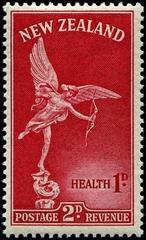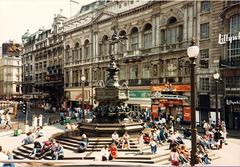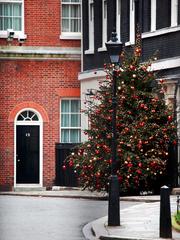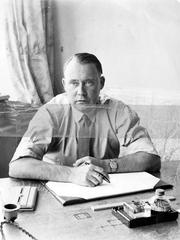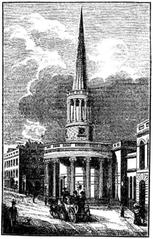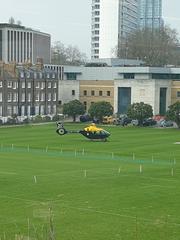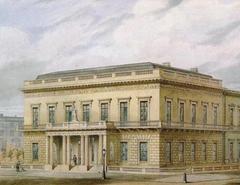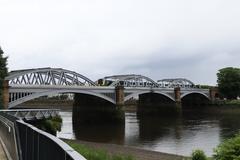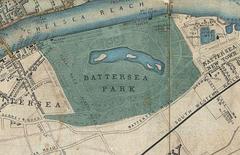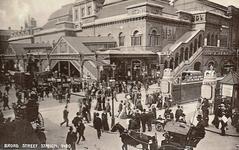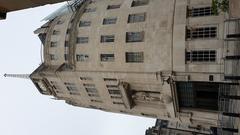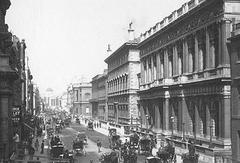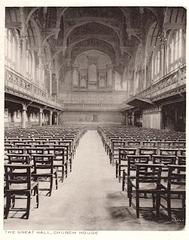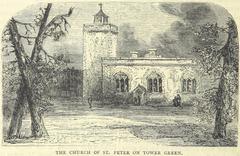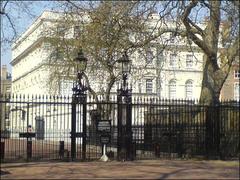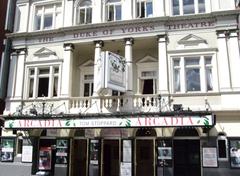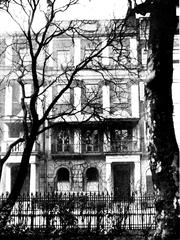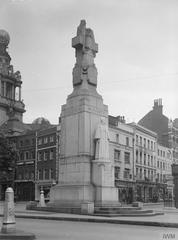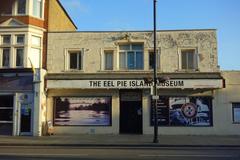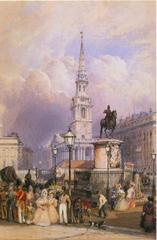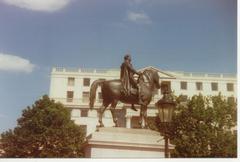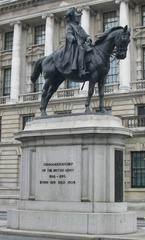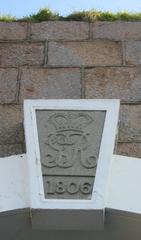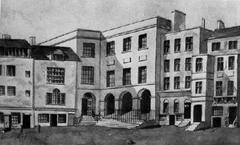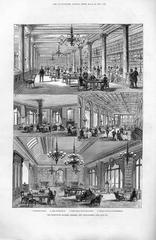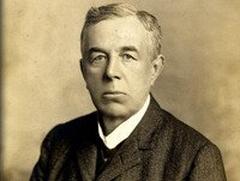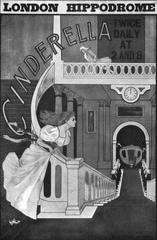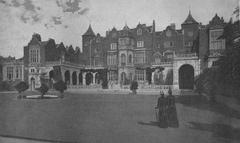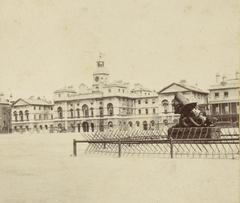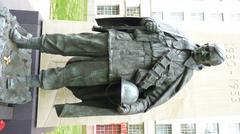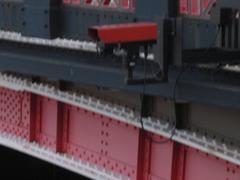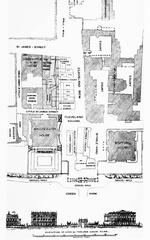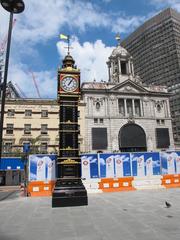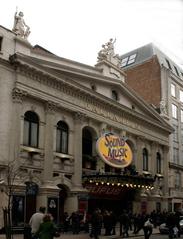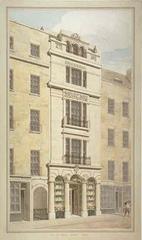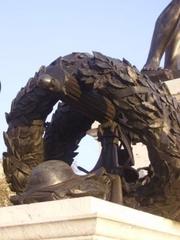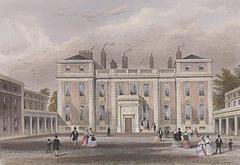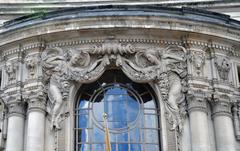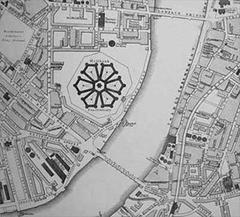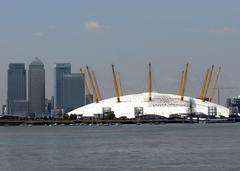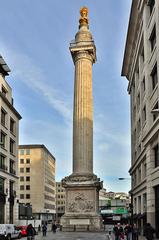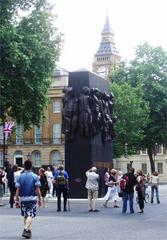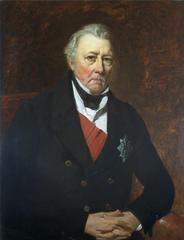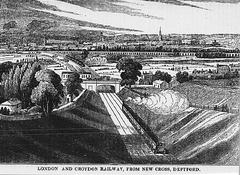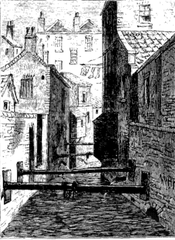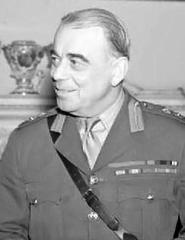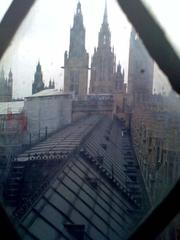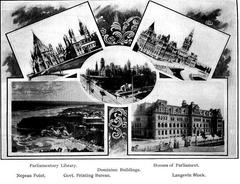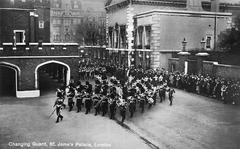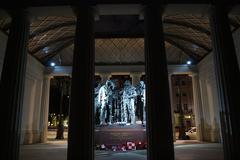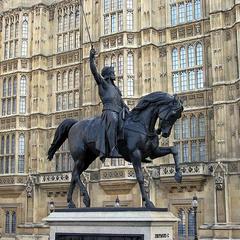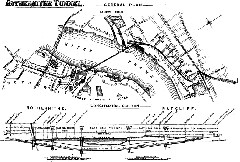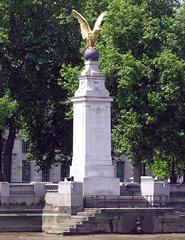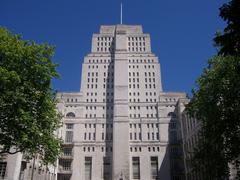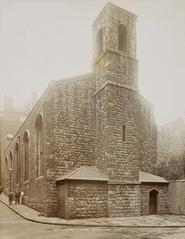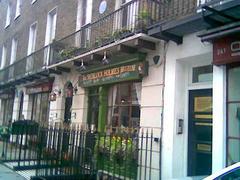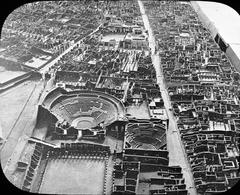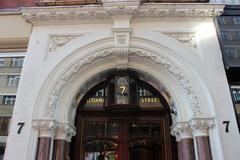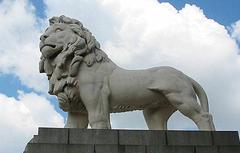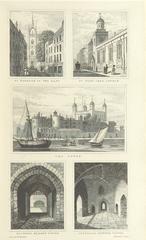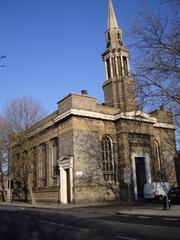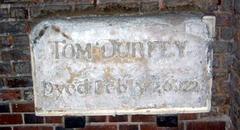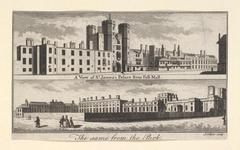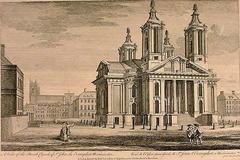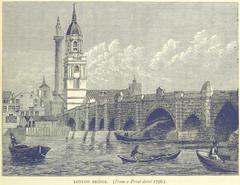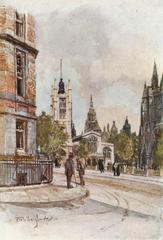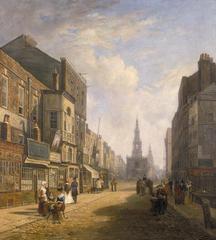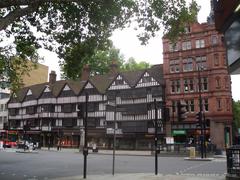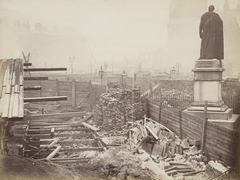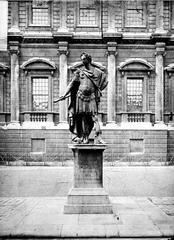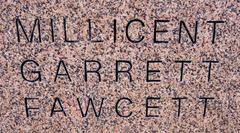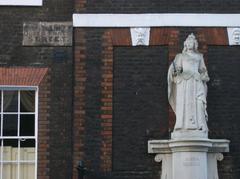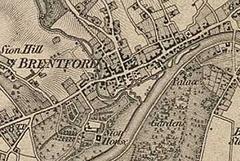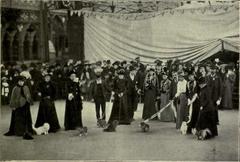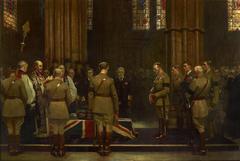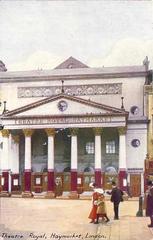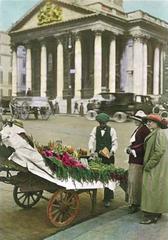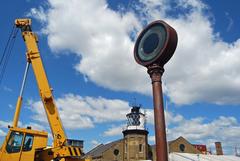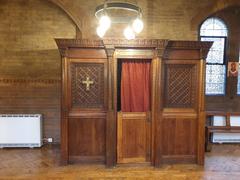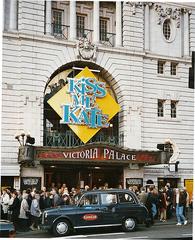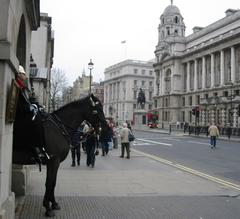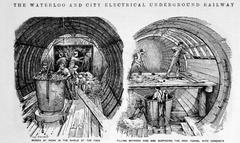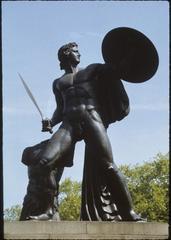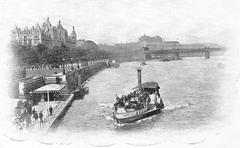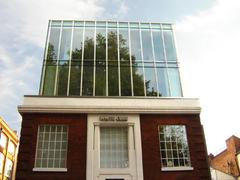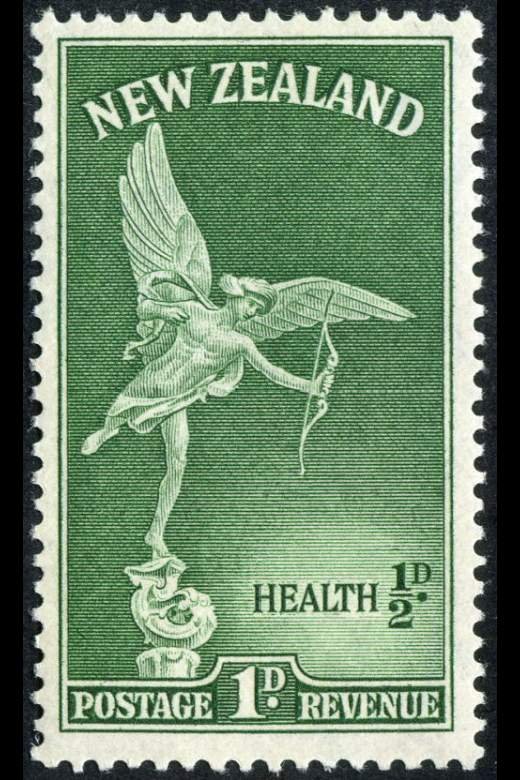
Visiting Shaftesbury Memorial Fountain: History, Tickets, and Tips
Date: 24/07/2024
Introduction
The Shaftesbury Memorial Fountain, more commonly referred to as the ‘Eros Fountain,’ is one of London’s most cherished landmarks. Situated in the heart of Piccadilly Circus, this iconic monument is celebrated not only for its striking aesthetic and artistic innovation but also for its historical significance. The fountain was commissioned in 1892 to honor Anthony Ashley Cooper, the 7th Earl of Shaftesbury, a prominent Victorian social reformer known for his work in abolishing child labor and advocating for public health and mental health reforms (Historic England). Designed by Alfred Gilbert, a leading sculptor of the New Sculpture movement, the fountain features a bronze base adorned with intricate aquatic designs and is topped by the figure of Anteros, the god of selfless love, crafted from aluminum (Discover Britain). Over the years, the fountain has become a symbol of Lord Shaftesbury’s legacy and a testament to artistic and material innovation, drawing millions of visitors annually to its vibrant surroundings.
Table of Contents
History of the Shaftesbury Memorial Fountain
Origins and Commissioning
The Shaftesbury Memorial Fountain was commissioned in 1892 to celebrate the altruistic work of Anthony Ashley Cooper, the 7th Earl of Shaftesbury. Lord Shaftesbury was a leading social reformer in Victorian England, known for his efforts in child labor laws, mental health reforms, and urban housing improvements. The fountain was erected to honor his legacy and societal contributions.
Design and Construction
Alfred Gilbert, a prominent sculptor of the New Sculpture movement, was tasked with designing the fountain. Gilbert’s design was innovative, incorporating elements of the Art Nouveau style. The fountain features a bronze octagonal base with intricate details of aquatic creatures such as fishes, mollusks, and crustaceans. Architectural historian Nikolaus Pevsner described it as featuring ‘fishes of all kinds, and every class of molluscous and crustacean life, the crab, the lobster and such like’ (Historic England).
The centerpiece of the fountain is a winged archer, often mistaken for Eros, the Greek god of love. However, it’s actually Anteros, the god of selfless love and Christian charity. Crafted from aluminum, a pioneering material at the time, the figure symbolizes modernity and progress.
Unveiling and Public Reception
Unveiled in 1893, the Shaftesbury Memorial Fountain quickly became a focal point in Piccadilly Circus. The public reaction was mixed. While many admired the artistic innovation and tribute to Lord Shaftesbury, others criticized its modernist style and the use of aluminum. The misidentification of Anteros as Eros sparked debates about its appropriateness as a memorial to a Christian philanthropist.
Historical Significance
Beyond its role as a memorial, the Shaftesbury Memorial Fountain marks a pivotal moment in public art history, transitioning from traditional Victorian styles to more modern forms. The use of aluminum was pioneering, influencing future public artworks. The fountain’s intricate details and Art Nouveau elements were ahead of their time, foreshadowing broader acceptance of these styles in the early 20th century.
Preservation and Restoration
The fountain has undergone several restorations to preserve its structural integrity and artistic details. Major restorations occurred in the 1980s and 2013, addressing issues related to weathering and pollution. These efforts have been crucial in maintaining the fountain’s historical and artistic value.
Legacy and Cultural Impact
The Shaftesbury Memorial Fountain has left an indelible mark on London’s cultural landscape. Featured in numerous films, TV shows, and literature, it has become a symbol of the city. Its association with Piccadilly Circus makes it a popular meeting point and tourist attraction, drawing millions of visitors each year. Anteros, despite being commonly mistaken for Eros, has become a symbol of love and charity, resonating with the values Lord Shaftesbury championed.
Visitor Information
Opening Hours and Tickets
The Shaftesbury Memorial Fountain is accessible 24/7 as it is located in a public space. There are no tickets required to visit the fountain, making it an ideal stop for budget-conscious travelers.
Travel Tips
- Best Time to Visit: Early mornings or late evenings are the best times to visit to avoid the crowds.
- Getting There: The nearest Underground station is Piccadilly Circus, served by the Bakerloo and Piccadilly lines.
Nearby Attractions
- Piccadilly Circus: A bustling hub of activity with numerous shops, theaters, and restaurants.
- Regent Street: Known for its shopping and historic architecture.
- Leicester Square: A short walk away, famous for its cinemas and theaters.
Accessibility
The fountain is located in a highly accessible area, with ramps and pedestrian crossings nearby, making it convenient for visitors with mobility issues.
Special Events and Tours
There are no regular guided tours specifically for the Shaftesbury Memorial Fountain, but it is often included in broader tours of London’s landmarks. Keep an eye out for special events in Piccadilly Circus, as they can provide unique opportunities to learn more about the fountain.
Photographic Spots
For the best photos, consider capturing the fountain at sunrise or sunset when the natural light accentuates its intricate details. The surrounding buildings and bustling atmosphere make for dynamic backdrops.
FAQ
What are the visiting hours of the Shaftesbury Memorial Fountain?
The fountain is accessible 24/7 as it is located in a public space.
How much do tickets cost to visit the Shaftesbury Memorial Fountain?
There are no tickets required; it is free to visit.
What is the best time to visit the Shaftesbury Memorial Fountain?
Early mornings or late evenings are recommended to avoid the crowds.
Conclusion
The Shaftesbury Memorial Fountain is more than just a historical monument; it’s a testament to the philanthropic legacy of Lord Shaftesbury and a beacon of artistic innovation. Whether you’re exploring London’s historical sites or simply passing through Piccadilly Circus, this iconic fountain is a must-see. For more detailed information, visit the Historic England website.
Stay updated with the latest travel tips and historical insights by following our blog and social media channels. Download our mobile app for more interactive experiences and guided tours.
References
- Historic England, 2024, https://historicengland.org.uk/listing/the-list/list-entry/1265625
- Discover Britain, 2024, https://www.discoverbritainmag.com/history-of-piccadilly-london/
- Loving Travel, 2024, https://loving-travel.com/en/piccadilly-circus/

